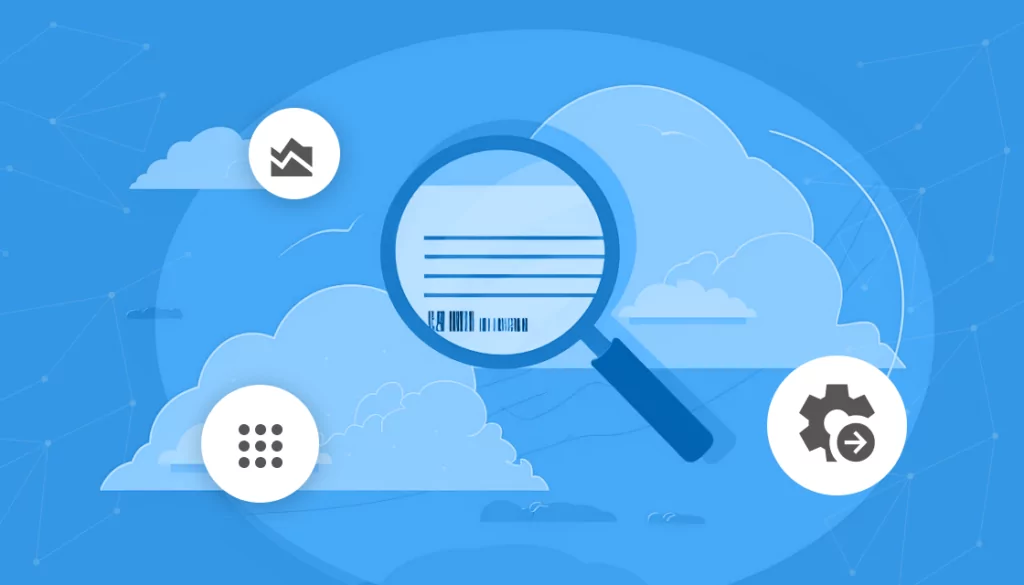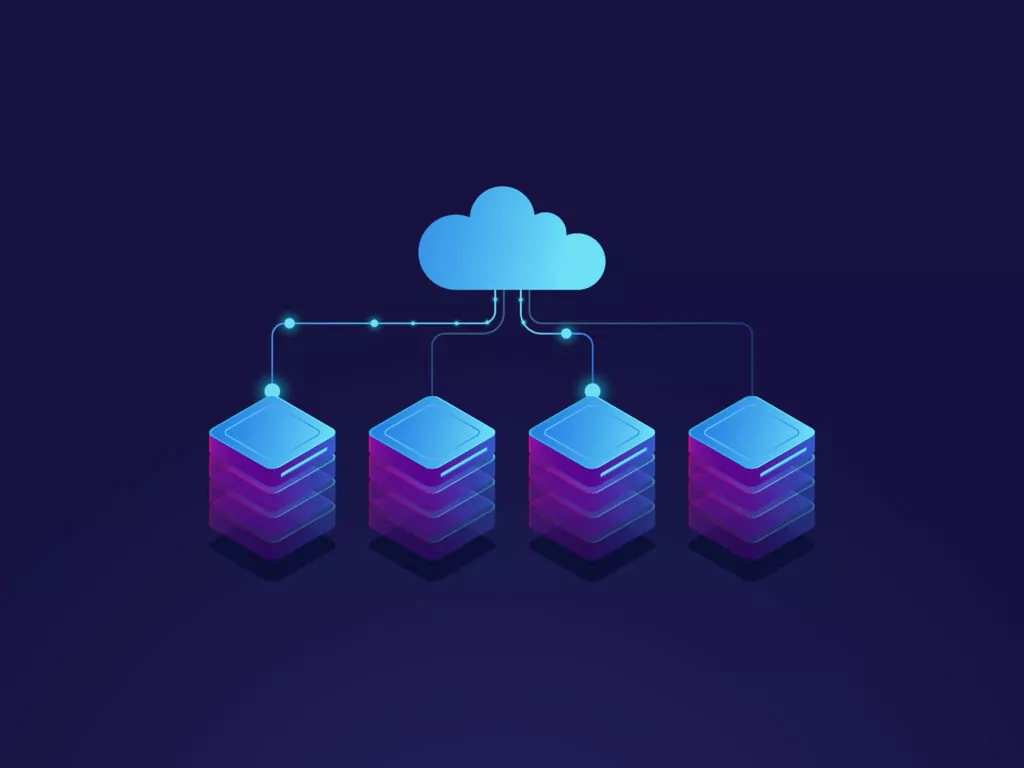IT visibility refers to the ability of an organization to gain a comprehensive and clear understanding of its technology landscape, including hardware, software, networks, and services. This includes knowing what IT assets exist, how they are used, and how they interact within the wider technology ecosystem.
Achieving high IT visibility enables organizations to manage their IT assets effectively, optimize resource allocation, and improve decision-making processes related to technology investments and strategy. It’s about creating a transparent environment where IT operations, performance, and costs are fully observable and understandable to stakeholders.
With the proliferation of cloud services, mobile devices, and remote working, the IT infrastructure of organizations has become more decentralized and difficult to manage. Ensuring visibility supports effective IT governance, risk management, and compliance (GRC) processes, allowing organizations to anticipate and respond to IT challenges proactively. This is part of a series of articles about IT asset management.
Table of Contents
ToggleThe Importance of IT Visibility
Maintaining visibility into your IT landscape allows you to do the following:
View Your Entire Application Portfolio
High-level visibility into an organization’s application portfolio is crucial for understanding the breadth and depth of software applications in use. It enables IT leaders to assess the current state of their application landscape, identifying which applications are critical to business operations and which are redundant or underutilized.
This overarching view facilitates strategic planning, ensuring resources are allocated efficiently to support key business functions. It also aids in identifying opportunities for consolidation and optimization, leading to cost savings and enhanced operational efficiency.
Identify and Rationalize Software Sprawl
Software sprawl occurs when an organization accumulates more software applications than it effectively manages or needs, leading to wasted resources and increased complexity. IT visibility helps in identifying software sprawl by providing a clear inventory of all software assets. With this information, you can conduct a thorough analysis to determine the necessity, usage, and value of each application.
Rationalizing software sprawl involves consolidating applications, removing redundancies, and discontinuing licenses for unused or underutilized software. This reduces costs and simplifies the IT landscape, making it easier to manage and secure.
Mitigate End-of-Life Risk
As software and hardware components reach their end-of-life (EOL), they no longer receive support from vendors, including critical security patches and updates. This creates significant vulnerabilities within an organization’s IT environment.
With comprehensive IT visibility, you can proactively identify assets approaching EOL and plan for their replacement or upgrade in advance. This foresight helps in avoiding the risks associated with running unsupported software or hardware, such as security breaches, compliance issues, and operational failures.
Support Strategic Decision Making
With a clear and accurate view of the IT landscape, decision-makers can identify opportunities for technology-driven innovation, optimize IT spending, and align IT resources with business objectives.
This strategic approach to managing your IT assets ensures that investments in technology deliver maximum value to the business, supporting growth, competitiveness, and smooth operations. With enhanced IT visibility, you can make informed decisions about where to invest in new technologies, when to retire legacy systems, and how to best manage the lifecycle of IT assets.
IT Visibility vs. Traditional IT Asset Management
Traditional IT asset management (ITAM) focuses on tracking and managing the physical and financial aspects of IT assets, such as procurement, deployment, maintenance, and disposal. It is primarily concerned with optimizing the cost and lifecycle management of hardware and software assets. While essential, ITAM often lacks the broader perspective required to fully understand and manage the complexities of modern IT environments.
In contrast, IT Visibility encompasses a more holistic view of the IT landscape, integrating ITAM with insights into how assets are used, how they interact, and their impact on business operations. IT Visibility extends beyond asset tracking to include the performance, security, and compliance aspects of the IT ecosystem.
This comprehensive approach enables organizations to not only manage their assets more effectively but also to leverage technology as a strategic enabler of business success. IT visibility thus represents an evolution of traditional ITAM, addressing the needs of increasingly complex and dynamic IT environments.

Lanir specializes in founding new tech companies for Enterprise Software: Assemble and nurture a great team, Early stage funding to growth late stage, One design partner to hundreds of enterprise customers, MVP to Enterprise grade product, Low level kernel engineering to AI/ML and BigData, One advisory board to a long list of shareholders and board members of the worlds largest VCs
Tips from the Expert
In my experience, here are tips that can help you better achieve IT visibility:
-
Enable continuous asset discovery
Automate asset discovery across your entire IT landscape, including shadow IT, to ensure real-time updates of your inventory, even as new devices and services are added.
-
Integrate network and application monitoring
Use tools that unify network, application, and infrastructure monitoring, providing a comprehensive view of performance and interactions between systems.
-
Establish cross-department collaboration
Collaborate with business units to align IT asset visibility with operational priorities, ensuring IT decisions support broader organizational goals. -
Leverage AI for anomaly detection
Implement AI-driven analytics to detect anomalies in real-time. This can help spot issues like underutilized resources or emerging security threats quickly.
-
Regularly audit cloud and hybrid environments
Periodically assess visibility into cloud and hybrid environments to ensure that off-premises assets are included in your monitoring and management efforts.
5-Step Process for Achieving IT Visibility in Your Organization
Here are some best practices for achieving visibility across your organization’s IT infrastructure and assets:
1. Conduct a Comprehensive Assessment
An IT assessment involves creating a complete inventory of all IT assets, including hardware, software, network elements, and services. The assessment should also evaluate how these assets are configured, how they interact, and their role in supporting business processes. This initial deep dive sets the foundation for continuous monitoring and management of the IT environment.
In addition to gathering data, a comprehensive assessment also requires analyzing it to identify redundancies, inefficiencies, and risks. This enables you to develop a clear understanding of your current IT landscape, laying the groundwork for effective planning, optimization, and strategic decision-making.
2. Establish Key Performance Indicators
Key Performance Indicators (KPIs) are crucial for measuring the effectiveness of your IT visibility efforts. The KPIs should be aligned with both IT and business objectives, providing a quantifiable measure of how well IT assets are managed and utilized. Common KPIs for IT visibility might include metrics related to asset utilization, cost efficiency, compliance rates, and the impact of IT on business outcomes.
By tracking these KPIs, you can evaluate your organization’s progress in achieving IT visibility, identify areas for improvement, and demonstrate the value of IT investments to stakeholders. KPIs also facilitate continuous improvement by providing a framework for benchmarking performance and setting targets.
3. Select Suitable Tools and Technologies to Support IT Visibility
There is a wide range of solutions designed to monitor, manage, and analyze IT assets. These tools can automate the collection and reporting of data, provide real-time insights into asset performance, and support decision-making processes. When choosing tools, consider factors such as scalability, integration capabilities, and the ability to support a holistic view of the IT environment.
Application Dependency Mapping (ADM) is a critical component of achieving comprehensive IT visibility. It involves creating a detailed diagram or map that shows how different applications and services within an organization’s IT environment interact with each other and with the underlying hardware and network infrastructure. This mapping provides insight into the dependencies between applications, making it easier to understand the potential impact of changes, incidents, or upgrades on business processes and services.
4. Implement Data Collection and Monitoring
Data collection involves continuously gathering information on IT asset performance, usage patterns, and interactions. Effective monitoring enables organizations to detect issues early, identify trends, and make informed decisions based on up-to-date information.
Data collection and monitoring should cover all aspects of the IT environment, from hardware and software performance to network traffic and security events. By leveraging automation and advanced analytics, you can process large volumes of data to gain insights into your organization’s IT operations, enhancing visibility and control.
5. Analyze and Visualize Data
Through analysis, organizations can transform raw data into actionable insights, identifying opportunities for optimization, risk mitigation, and strategic investment. Visualization tools can help present these insights in an accessible and understandable format, enabling stakeholders to grasp complex information quickly.
Data analysis and visualization support better decision-making by highlighting trends, patterns, and anomalies within the IT environment.
Faddom: Improving IT Visibility with Application Dependency Mapping
Faddom’s application dependency mapping platform helps with IT visibility by visualizing all your on-premises and cloud infrastructure in as little as one hour. Immediately see all your servers and applications and how they are dependent on each other.
Start a free trial today by filling out the form on the sidebar!










